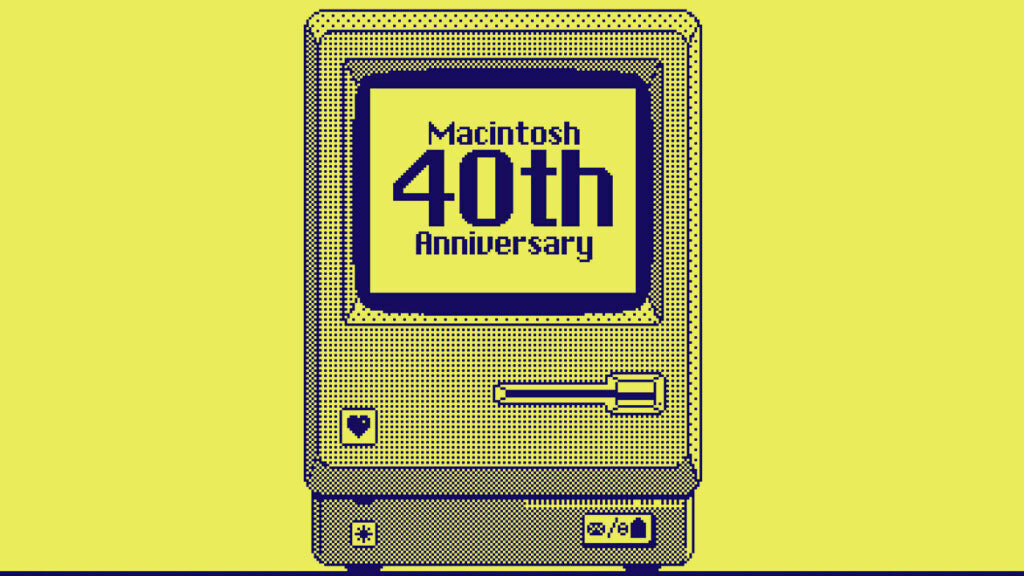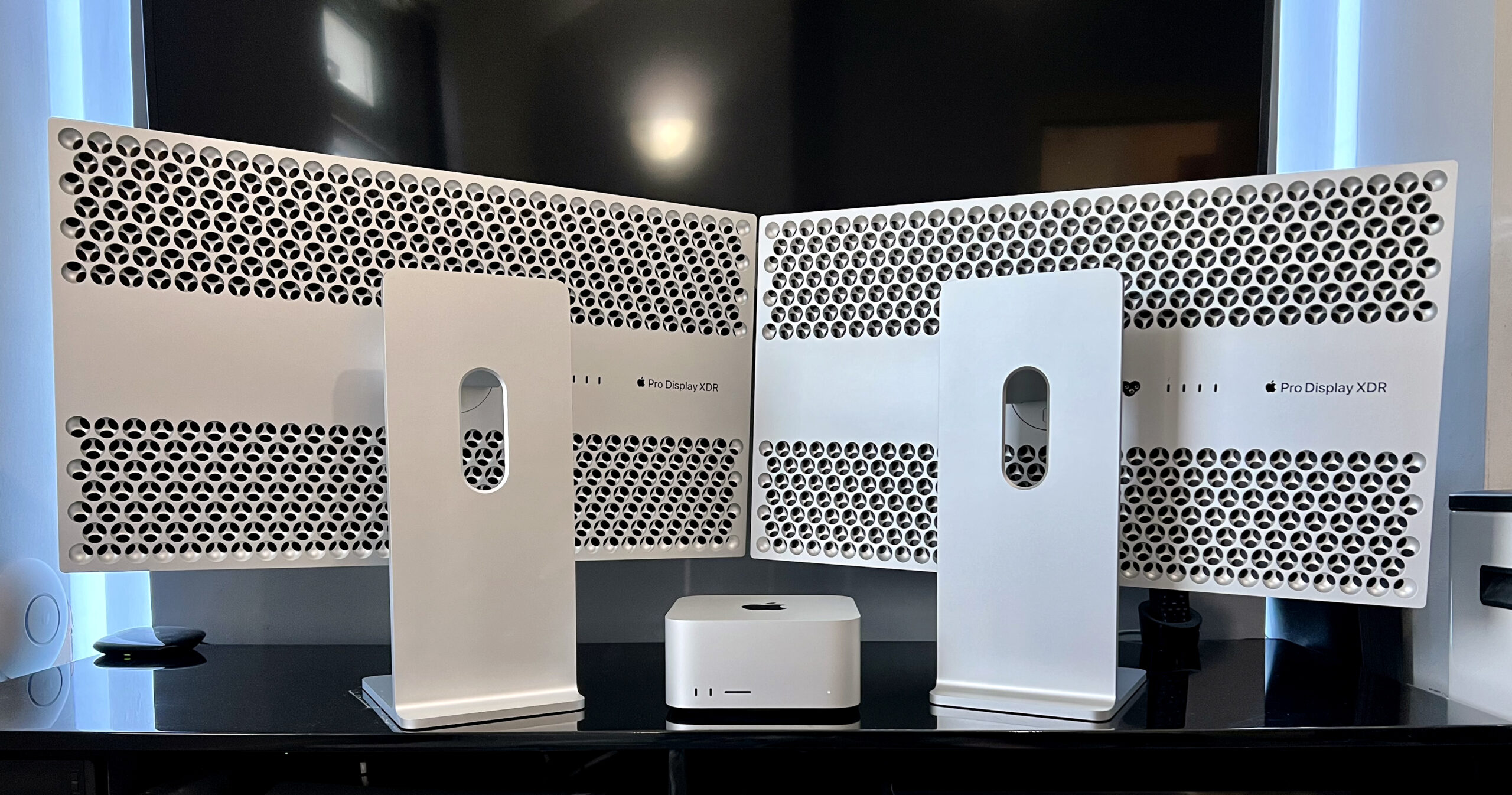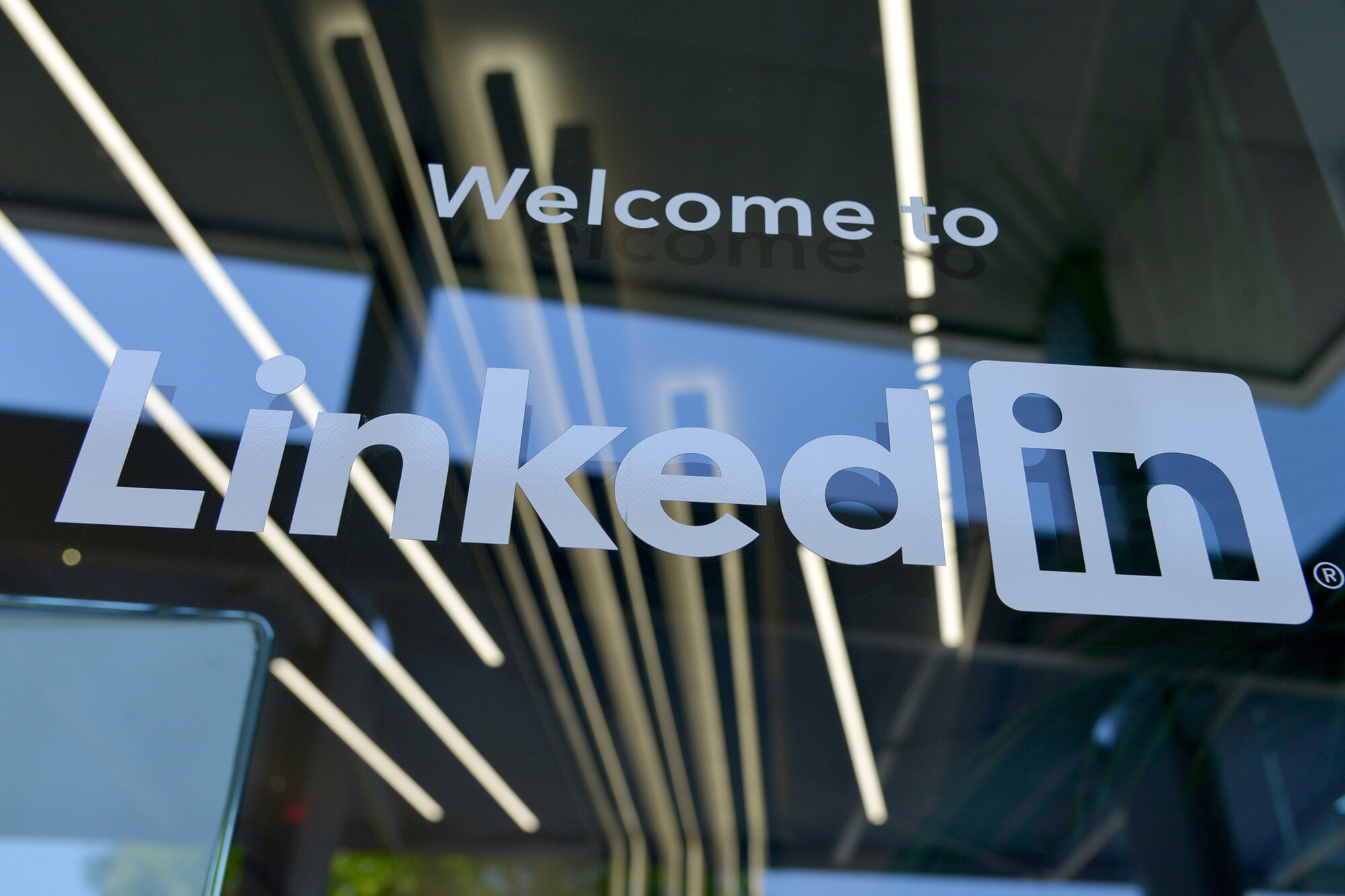Can you believe it? It has been 40 years since Apple revolutionised the world of computing with the introduction of the Macintosh. As we celebrate this milestone anniversary, we can’t help but reflect on the incredible journey of the Mac and its enduring impact on technology, design, and our everyday lives.
Let’s take a look into the history of the Mac, exploring its evolution, groundbreaking features, and the ways it has transformed industries and empowered individuals. We will also share some insights into how Metal Potato utilise Macs to deliver exceptional results for our clients and help them expand their businesses.
The birth of a revolutionary computer
The birth of the Macintosh in 1984 brought forth a new era of computing, characterised by its intuitive graphical user interface and innovative design. The iconic “1984” Super Bowl commercial unveiled the Mac as a symbol of rebellion against the status quo, solidifying its position as a game-changer in the technology landscape.
Over the past four decades, the Apple Mac has undergone remarkable technological advancements, evolving from the compact Macintosh 128K to the current lineup of Mac Pro, Mac Studio, iMac, and MacBook. Each iteration has brought forth cutting-edge innovations, such as Retina displays, Thunderbolt connectivity, and the revolutionary M1 chip, which has redefined performance and efficiency in the realm of computing.
The Macintosh was the brainchild of Steve Jobs, who envisioned a computer that would democratise technology and empower individuals to unleash their creativity. With its mouse-driven interface, stunning graphics, and innovative software, the Macintosh was an instant hit, capturing the hearts of early adopters and paving the way for a new era of personal computing.
A journey of innovation and design
The Macintosh has been synonymous with creativity, empowering designers, artists, and content creators to push the boundaries of imagination and innovation. With its seamless integration of hardware and software, the Mac has become the preferred choice for professionals in graphic design, video editing, music production, and other creative fields.
Central to the Mac’s appeal is its unwavering commitment to user-centric design. From the iconic MacPaint and MacWrite applications in the 1980s to the modern-day powerhouse of creative software such as Final Cut Pro, Logic Pro, and Adobe Creative Cloud, the Mac ecosystem has continuously prioritised user experience.
The evolution of Mac hardware
From its humble beginnings with wire-wrap prototypes to the sleek and powerful machines we know today, the Mac has come a long way in terms of hardware design. The early Macintosh models, such as the Macintosh 512K, featured compact form factors and built-in handles, making them portable and user-friendly.
As technology advanced, so did the Mac’s hardware capabilities. The introduction of the Apple LaserWriter printer revolutionised desktop publishing, enabling professionals to create stunning visuals and layouts with ease. The Mac’s screen resolution, initially a modest 512×342 pixels, gradually improved, providing users with more screen real estate and sharper graphics.
In recent years, Apple has taken its hardware innovations to the next level with the transition to Apple Silicon. The M1 chip, designed specifically for Mac, combines high performance with energy efficiency, resulting in faster and more power-efficient machines. This shift not only enhances the overall speed and responsiveness of Macs but also facilitates a seamless integration of software and hardware.
Modern Macs, such as the Mac Studio, and MacBook Pro, continue to showcase cutting-edge engineering. The emphasis on sustainability and environmental responsibility is reflected in the use of recycled materials and energy-efficient design.
The impact of the Graphical User Interface (GUI)
One of the Mac’s most significant contributions to the computing world was its graphical user interface (GUI). Unlike traditional command-line interfaces, the Mac’s GUI allowed users to interact with their computers using visual elements like icons, windows, and menus.
Inspired by the pioneering work of Xerox Palo Alto Research Center, this breakthrough in usability transformed computers from complex machines reserved for experts to accessible tools that anyone could use. Not long after the original Macintosh was released, Microsoft started working on a GUI version of its Windows operating system.
How we use the Mac
Macs form the cornerstone of our operations. The robust performance and reliability of Mac hardware empower our team to seamlessly navigate through resource-intensive design tasks, ensuring that our clients receive visually captivating and technically sound websites. The stability and efficiency of Mac systems allow us to focus on our creativity without being hindered by technical constraints.
The Mac’s seamless integration with industry-leading creative software, such as Adobe Creative Cloud and Sketch, streamlines our design workflow, fostering an environment where ideas effortlessly transition into captivating visual representations. The synergy between Mac hardware and software accelerates our design processes, enabling us to deliver tailor-made websites that represent our clients’ vision and brand identity.
Behind the scenes: Here is a glimpse into the powerhouse that drives our CEO, Andrew MacDonald’s productivity. At the heart of his setup is a fully loaded Mac Studio featuring the cutting-edge M2 Ultra processor with a 24-core CPU, an impressive 192GB of unified memory, and a capacious 4TB internal storage drive. Complementing this advanced computing marvel are two 32″ Pro Display XDRs. The commitment to this state-of-the-art system reflects an investment of £18,997!
The future of the Mac
As we celebrate the Mac’s 40th anniversary, we can’t help but wonder what the future holds for this iconic computing platform. Apple’s commitment to innovation and user-centric design suggests that the Mac will continue to evolve and adapt to the changing technological landscape.
With advancements in AI, spatial computing, and emerging technologies, the Mac is poised to continue empowering individuals and businesses to achieve their goals. As we embrace the next generation of Macs, we can expect even more powerful hardware, software, and innovative features that push the boundaries of what is possible.
The Mac isn’t just a computer; it’s a tool that helps us turn your ideas into reality and transform businesses. So here’s to the Mac and the next 40 years of innovation, creativity, and endless possibilities!
Contact us today to learn more about how we can help you to succeed online.
Let's make a website!
Book a FREE video call to discuss your business, project strategy, and more!
"*" indicates required fields
More from Metal Potato
Can Apple Vision Pro Revolutionise Computing?
Discover the Apple Vision Pro: a mixed-reality headset set to redefine computing, work, entertainment, and education.
How to Choose the Perfect Typography for Your Website
Master the art of web typography... from font selection to readability, create a visually stunning and user-friendly website.
The Power of WordPress for Small Businesses
Build a strong online presence for your small business with WordPress! It's easy to use, SEO-friendly, and very cost-effective.
Why LinkedIn Should Be Your Top Priority
Maximise career growth with LinkedIn's powerful benefits! Unlock networking opportunities, connect and build your personal brand.
7 Strategies to Build Customer Loyalty
Elevate your brand with proven strategies for customer loyalty. Personalised programs, consistency, and gratitude that resonate.
Leveraging ChatGPT to Boost Your Conversions
Elevate your copywriting with ChatGPT! Unlock creativity, get audience insights, and optimise content effortlessly.







